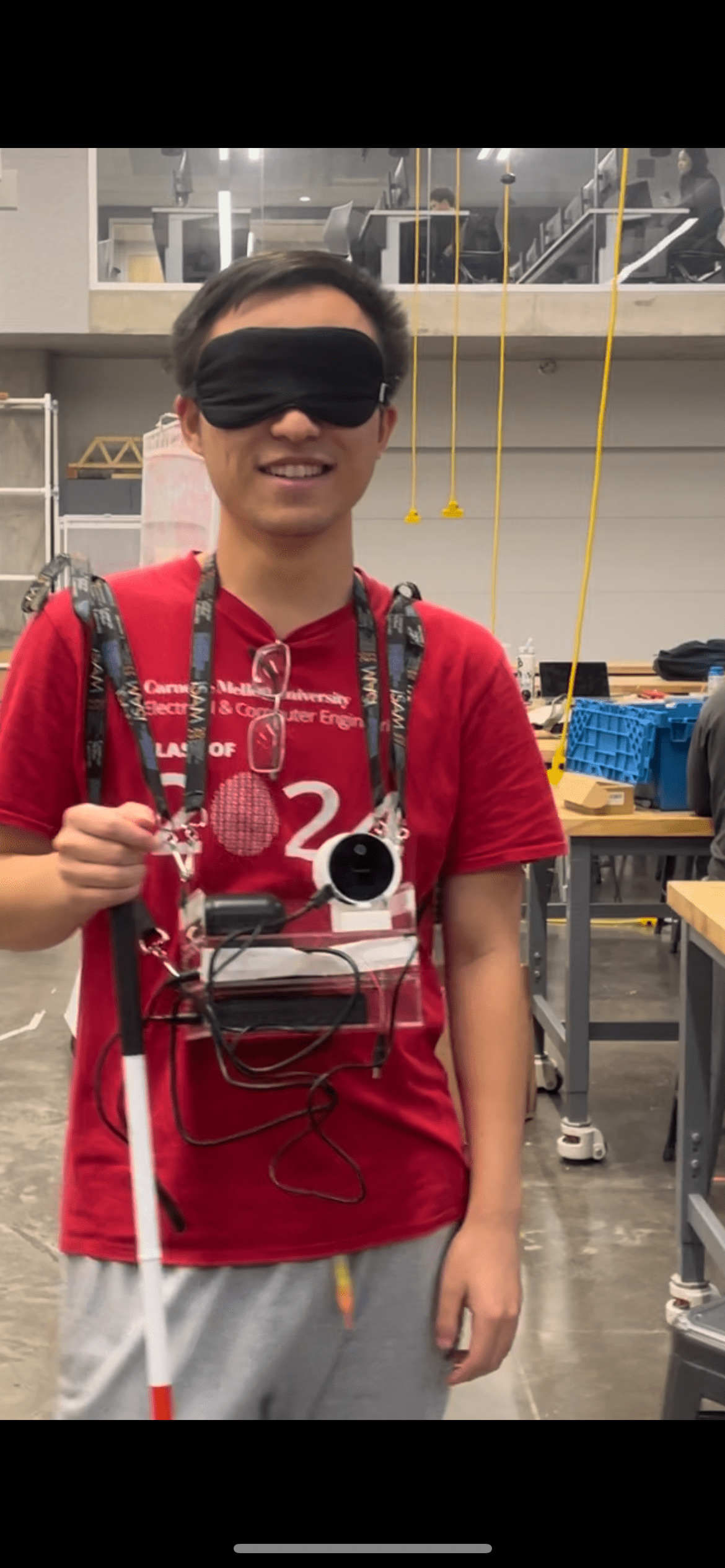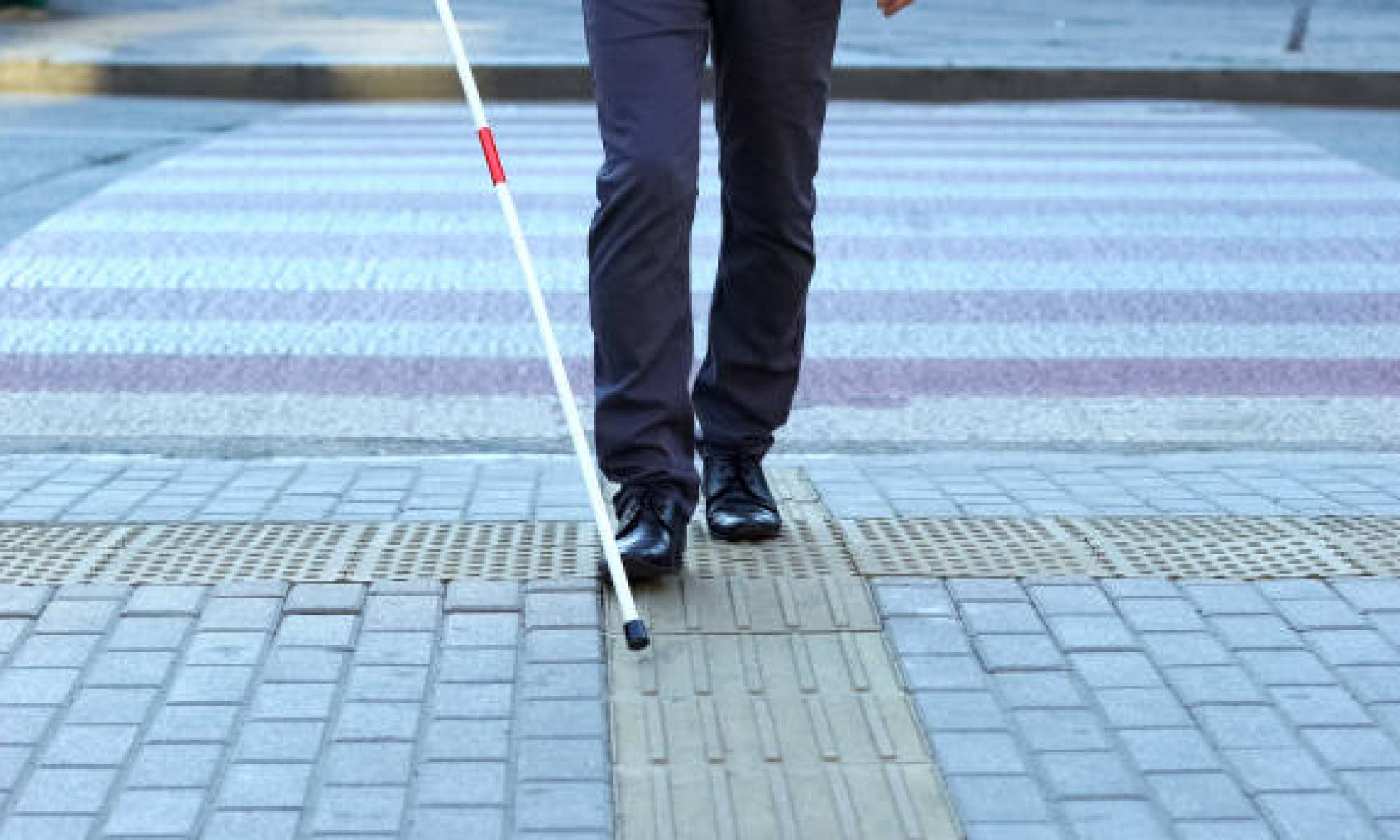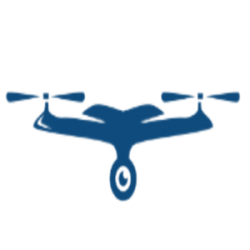Team Status Report for 10/07
What are the most significant risks that could jeopardize the success of the
project? How are these risks being managed? What contingency plans are ready?
Sensor integrity within a short amount of time had posed challenges for our implementation of the design. As we are trying the test the LIDARS and Cameras, we realize that the LIDAR’s range change is dependent on the amount of light, so we need to factor the effect of solar power into our design. As we are still in the early stages of the design cycle those problems can be easily managed by autotuning the parameters depending on the camera light input level and internal API from realSense LIDAR.
Were any changes made to the existing design of the system (requirements, block diagram, system spec, etc)? Why was this change necessary, what costs does the change incur, and how will these costs be mitigated going forward?
There are no changes to the requirement since the design review presentation. We will continue to work to have one goal in mind.
Provide an updated schedule if changes have occurred.
N/A
Please enumerate one or more principles of engineering, science and mathematics that your team used to develop the design solution for your project.
To develop the design solution of the project, we have utilized system engineering principles of high-level designs and block diagrams to clarify the solution using high-level logic. Additionally, we utilized knowledge of software engineering to carry out the coding. We have utilized the idea of a controlled experiment to test out the behavior of the real-time LIDAR in different lighting conditions and environments. Then, we are developing a statistically based machine learning model to detect and tag the object, which is a mathematical model.


